You know that feeling when you walk to the bathroom and your cat appears out of nowhere, staring at you with those mysterious eyes? Or when you’re trying to prepare dinner and suddenly you have a furry shadow weaving between your legs? You’re not alone in this delightful predicament.
While popular culture paints cats as aloof and independent creatures, the reality is far more endearing. Your feline friend’s constant companionship speaks to a complex mix of instincts, emotions, and yes, sometimes pure food motivation. Understanding these behaviors can deepen the bond you share while helping you recognize when your cat truly needs something versus when they’re simply being their charming, attention-seeking selves. Let’s dive into the fascinating world of feline following behavior.
They’ve Bonded With You as Their Chosen Human
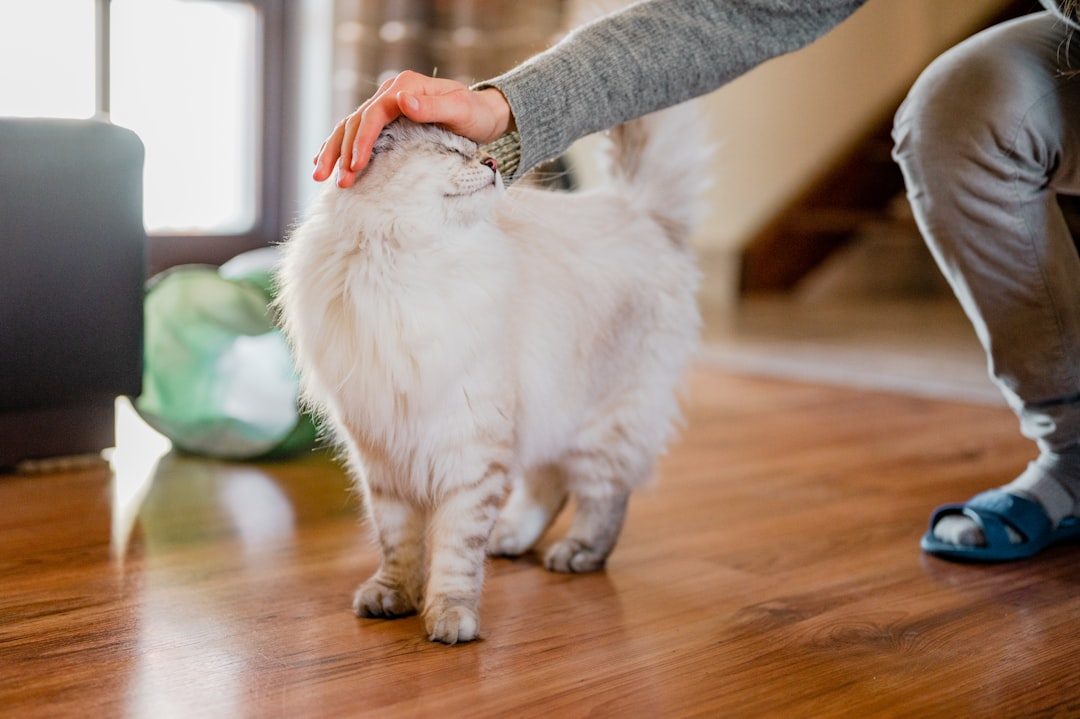
Contrary to stereotypes, cats follow their owners as a way of expressing affection and securing their presence, which is entirely normal and indicative of a strong attachment. Your cat has essentially chosen you as their favorite person, and following you around is their way of maintaining that special connection.
Cats naturally form tight family units with each other and their human family members, and the need for social interaction and security is ingrained in them. When your cat follows you around, it may be because they enjoy your company and feel you are both safest when you’re together. Think of it as the ultimate compliment from a creature who could easily choose to ignore you entirely.
This attachment often develops strongest with cats who have been properly socialized from kittenhood. Cats who have been properly socialized are much more trusting of humans, especially their humans, making them more likely to seek out your presence throughout the day.
Your Movement Triggers Their Natural Curiosity
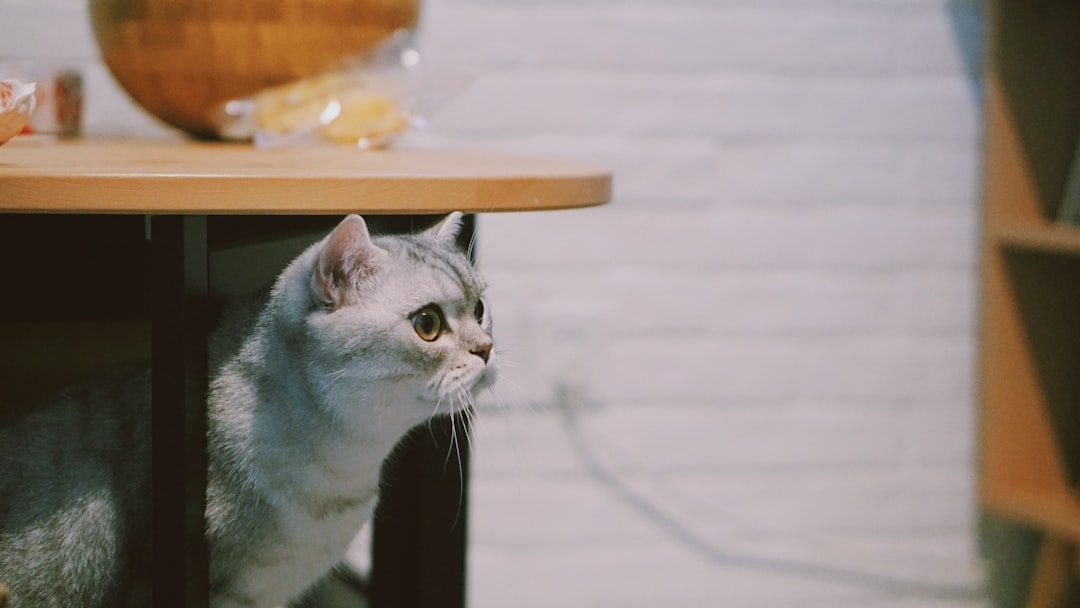
Cats naturally like to investigate and explore their surroundings. You may find that when you open a door to a room or space your cat doesn’t normally venture into, they may follow you to see what you’re doing and check out the area. Your daily activities are like a constantly changing entertainment program for your feline friend.
Cats are naturally curious creatures, and your every movement sparks intrigue, making you a constant source of entertainment and exploration for them. Whether you’re heading to the laundry room, organizing a closet, or simply moving from room to room, your cat sees these moments as opportunities for discovery.
This curiosity-driven following is particularly noticeable when you venture into spaces that are normally off-limits or less frequently visited. The bathroom phenomenon makes perfect sense when you consider that cats are curious about the mystery room they are often locked out of and have taken the opportunity to have a look around.
They’re Feeling Anxious or Stressed

Anxiety, and particularly separation anxiety, can significantly influence a cat’s following behavior. Anxious cats typically follow their people to assure themselves of their caregiver’s presence. When cats feel uncertain or stressed, staying close to their trusted human becomes a comfort mechanism.
Following you closely is one of the most common signs of separation anxiety in cats, along with pre-departure distress such as vocalizations, hiding, or depression. If your cat is following you constantly, demanding constant attention, or becoming upset when you move away, these can point to separation anxiety, and it’s common for cats with separation anxiety to be clingy while you’re with them.
Changes in routine can trigger this behavior. If you notice your cat following you closely after you’ve come back home after work or a trip, this could be a sign that they felt uneasy while you were away, as some cats experience separation anxiety similar to dogs.
Boredom Makes You the Best Entertainment Available
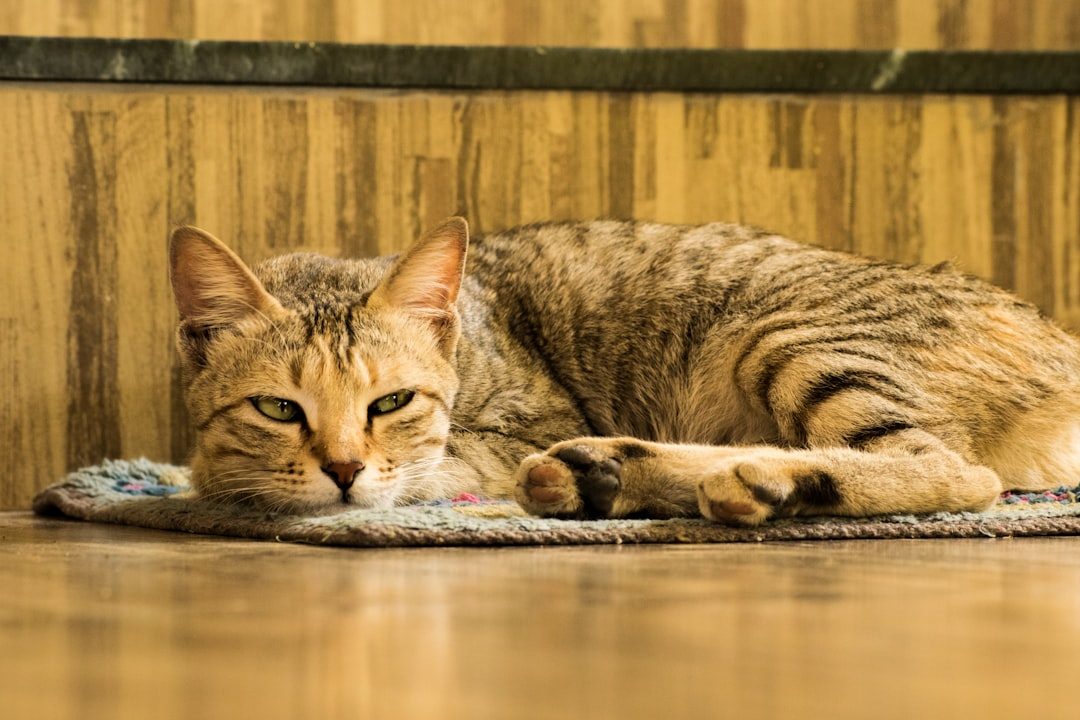
Bored cats will often follow you around, and they aren’t typically shy about expressing themselves. If your cat is bored, their pursuit might have a sense of desperation and restlessness as they’re eager to see something interesting happen. You become their primary source of stimulation in an otherwise predictable environment.
If your cat isn’t getting enough stimulation in their day, following you around may be a sign that they’re bored, particularly if they’re not getting the opportunity to hunt or play. This behavior often escalates into more attention-seeking actions like meowing, pawing, or even mild destructive behaviors.
Mental understimulation can manifest in persistent shadowing behavior. Depending on your schedule, the amount you play with your cat, and whether you have other cats or pets, your cat may be mentally understimulated during the day, making your presence the most interesting thing in their environment.
They Want Your Attention and Affection
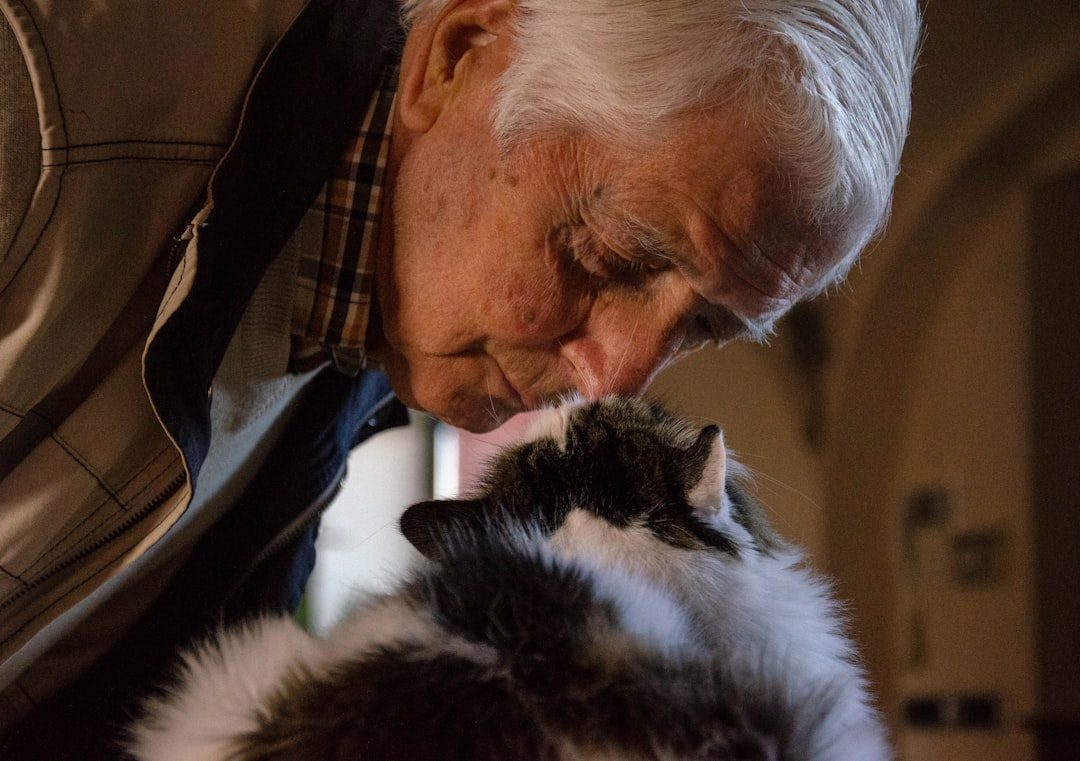
Sometimes cats follow us around as a means of getting our attention, and this is more likely when a cat follows the owner around and also starts to meow. Your cat has learned that proximity plus persistence often equals pets, play, or interaction.
This behavior is particularly common in younger or more socially active cats who thrive on interaction, especially in environments where they feel comfortable and stimulated. These social butterflies of the cat world genuinely enjoy human company and see following you as quality time together.
The attention-seeking following often comes with telltale signs. If your cat is following you for attention, play, or affection, they might nudge you with their nose, paw at you, bunt or head butt you, or rub up against you, along with increased meowing and vocalizations like chirps, trills, and purring.
You Represent Safety and Security
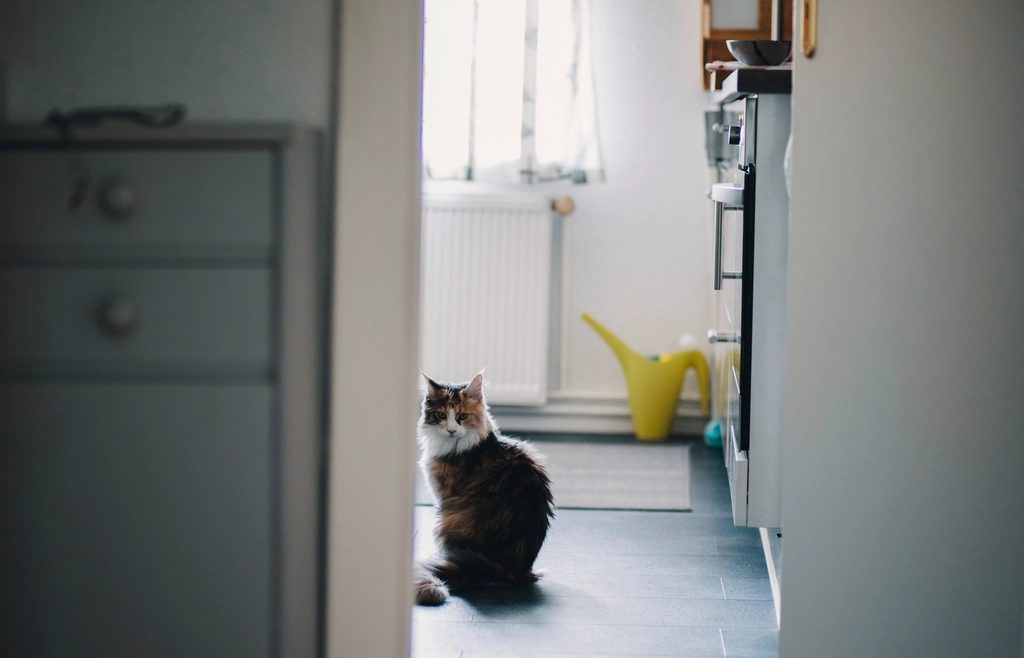
The acts of urinating and defecating are vulnerable times for cats as they must remain stationary, and the smell may attract predators. So your cat may want to stay with you in the bathroom to protect you, or they may also just be curious about what you are doing. This protective instinct runs deep in feline psychology.
Cats follow their humans due to territorial instincts – to cats, you are part of their territory, and thus they may follow you to keep an eye on their valued possession. In their mind, you’re both family member and precious resource that needs monitoring.
Because the family unit is necessary for a cat to feel secure, your kitty may follow you more often and for longer periods when they don’t feel well. Your presence provides emotional comfort during times of vulnerability or uncertainty.
They’re Claiming You as Their Territory
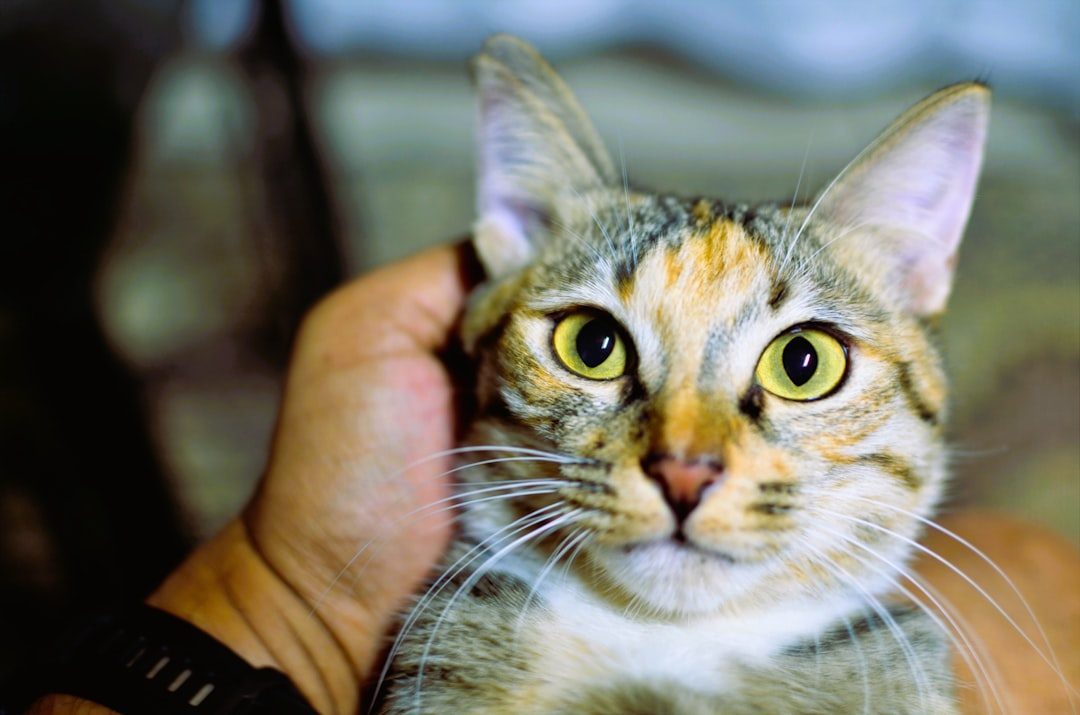
If the cat persistently rubs not only on your legs, but also on all surrounding objects, then it simply marks its territory with the help of pheromones. Your cat isn’t just following you – they’re essentially marking you as “theirs” through scent and presence.
Cats follow their humans due to territorial instincts, as you are part of their territory, and they follow you to keep an eye on their valued possession. In the world of felines, following and observing their territory is vital behavior for survival. This ancient instinct translates into modern domestic life as a need to monitor and claim their favorite humans.
This territorial behavior often intensifies in multi-pet households or when there are changes in the environment. Your cat may increase their following behavior to reinforce their claim on you and ensure other pets understand the hierarchy.
Food Time: The Kitchen Magnet Effect
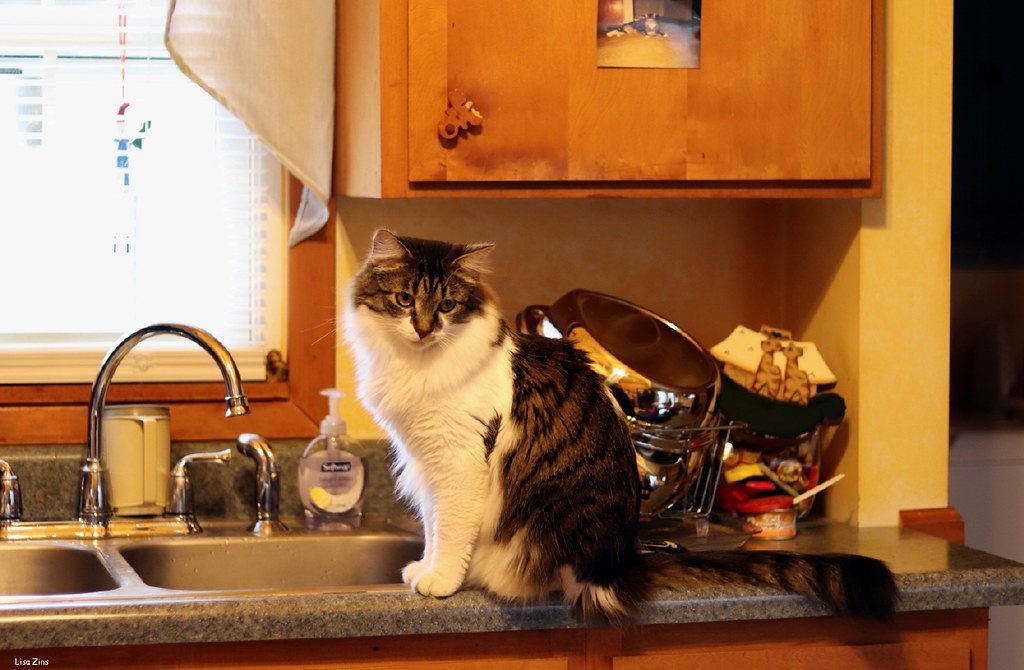
A common reason why your cat is following you around is because they think dinner time may be coming up or they are in hope of a tasty treat. They’ll usually keep their owners in sight, waiting for them to head for the kitchen where they know all that delicious food lives. This is perhaps the most transparent of all following behaviors.
Most owners notice that their cats tend to be close in proximity when it is near feeding time. If you get up and walk around the house when it is mealtime, you generally have several cats following closely behind because they do not want you out of their sight in case you make a break for the kitchen.
If the following behavior is food-motivated, look out for it to appear around meal times. You might also receive cat love-bombing with extra purrs and head bunts, or jumping up and pawing at you to get your attention. The timing makes this motivation pretty obvious once you start paying attention.
The Strategic Food Bowl Escort
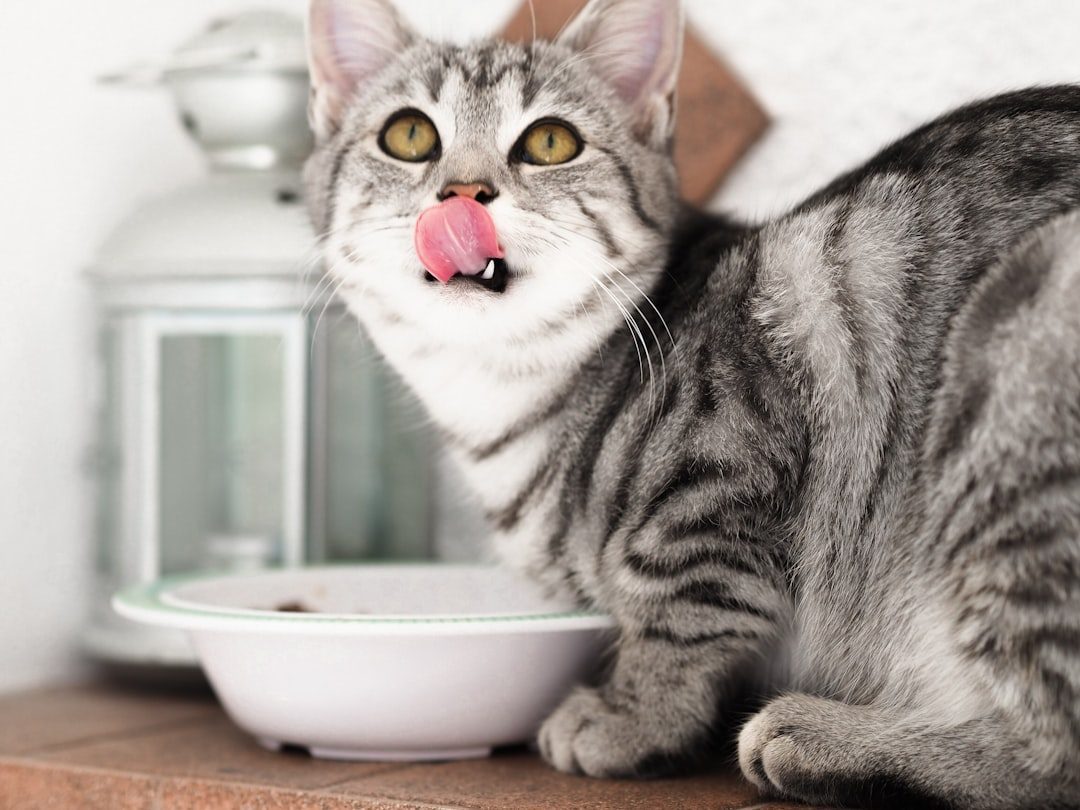
Another reason your cat might follow you around the house is because they’re hungry. A hungry cat might walk to their food bowl, then back to you, repeatedly – this is their way of guiding you to the problem: an empty food bowl. This behavior demonstrates remarkable problem-solving skills and communication clarity.
One of the main reasons your cat may be following you around is to let you know they’re hungry or that their food bowl is empty. Some cats have a larger appetite than others and may feel the need to eat often throughout the day, causing your cat to follow you around until they’re fed.
This type of following often comes with very specific body language and vocalizations that differ from other types of attention-seeking behavior. The urgency and directionality of their movement toward the food area makes their intent unmistakable.
Treat Anticipation Mode
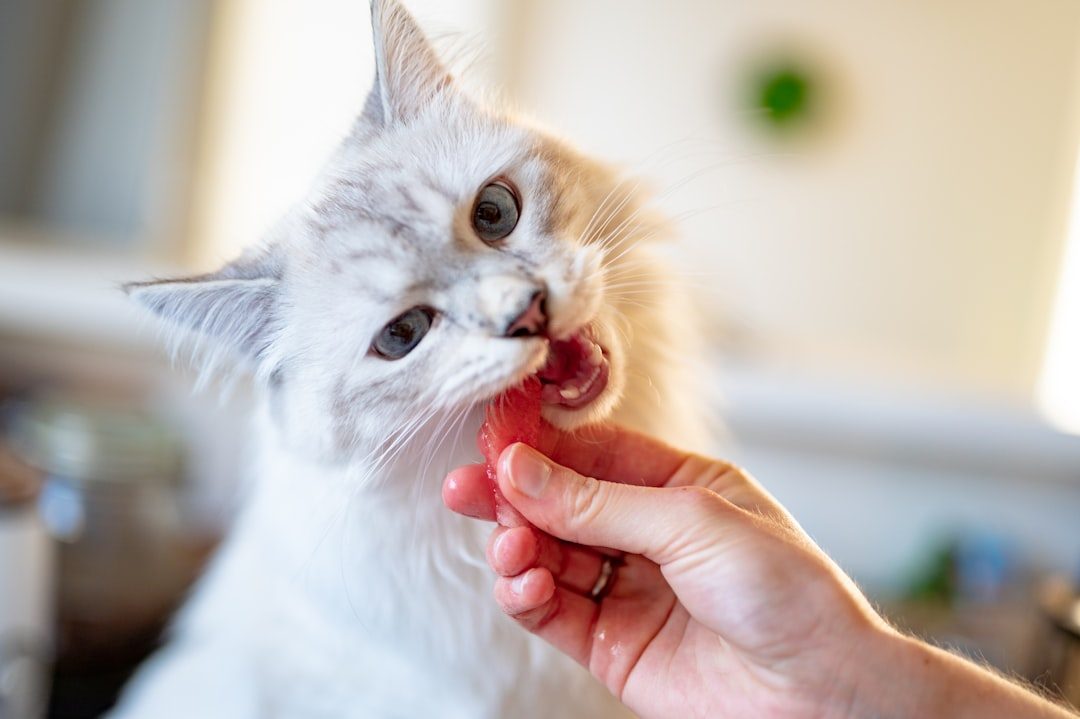
Even if your cat is well-fed, they may be particularly food-motivated. Cats quickly learn that their humans dispense their food and treats, so your cat may follow you in hopes that you’ll give them more food and treats. You’ve essentially trained them that good things come from following you around.
Domestic cats, especially those that are meal-fed, can get pretty vocal and energetic around meal times and when they see their owner head toward the magical food cupboard. Your movements toward food storage areas or the kitchen become exciting events worthy of close supervision.
This learned behavior can become quite persistent, especially if you’ve occasionally given in to their requests. The intermittent reinforcement makes the following behavior even stronger, as they never know when you might produce that coveted treat.
The Pre-Meal Excitement Dance

A cat’s intense food motivation can stem from hunger, boredom, or seeking attention, with symptoms including persistent meowing and playful chasing. The anticipation of mealtime can create a heightened state of excitement that manifests as increased following behavior.
Signs that your cat is obsessed with food include aggression towards other pets when there is food around and harassing you for food whenever you’re in the kitchen. This level of food focus can make your cat hyperaware of your movements and schedule.
Feeding cats on a set schedule with meal times allows owners to set their routines and habits around meal times and can create a more predictable and enjoyable lifestyle for cats, resulting in cat owners having a more productive life as well. Understanding this can help you manage the behavior more effectively.
Midnight Snack Patrol
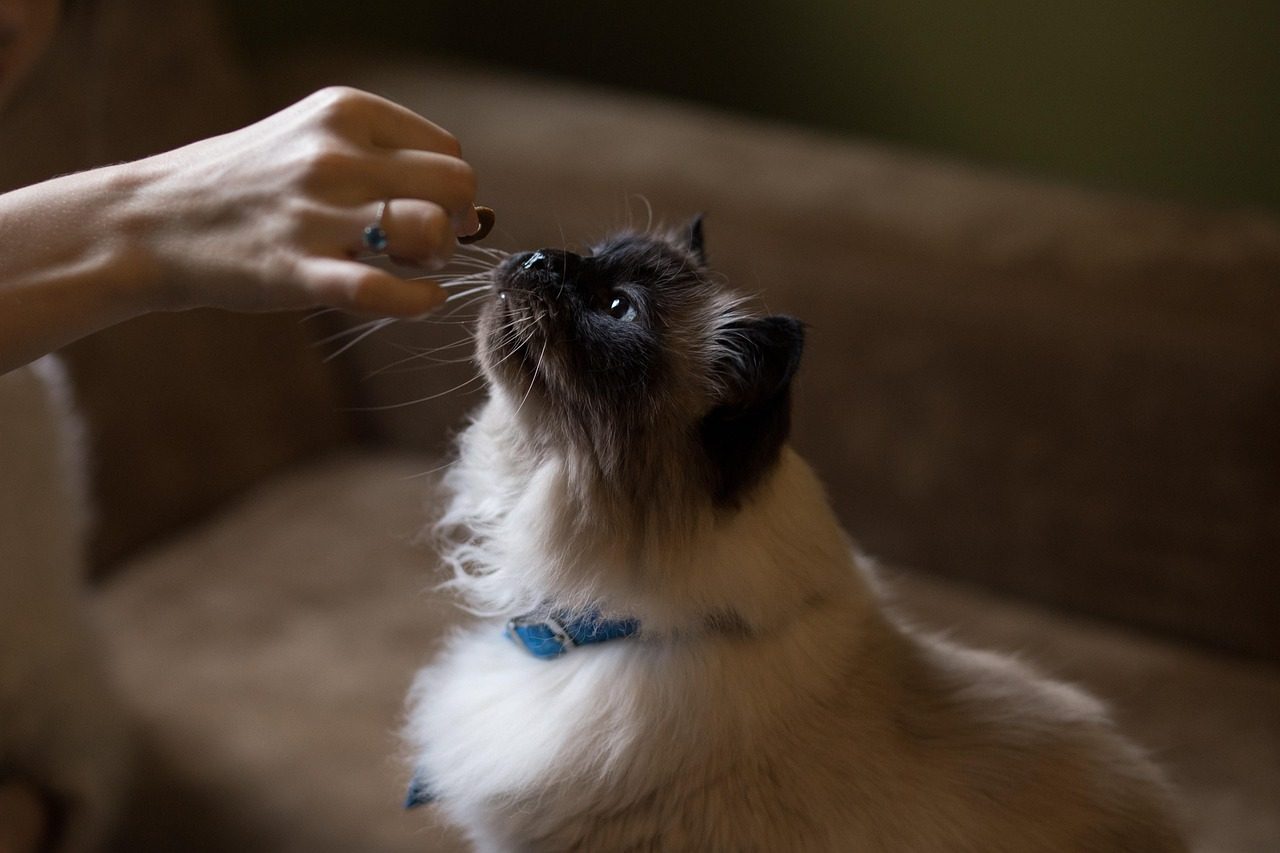
Timed, automatic feeders are an excellent option for cats that like to pester you for food in the middle of the night. Some cats have learned that following you during unusual hours might result in an extra feeding opportunity.
Auto feeders can be great for owners whose cats relentlessly pester them around the cat’s mealtimes. Once the cat realizes that it’s not the owner who is the source of the food, they stop becoming the target of the pestering and begging. This reveals how much of the following behavior is directly tied to you being perceived as the food provider.
Night-time following for food often develops in cats who have been free-fed or who have learned that persistent requests sometimes yield results. The behavior can be particularly challenging because it disrupts your sleep and daily routine.
Conclusion
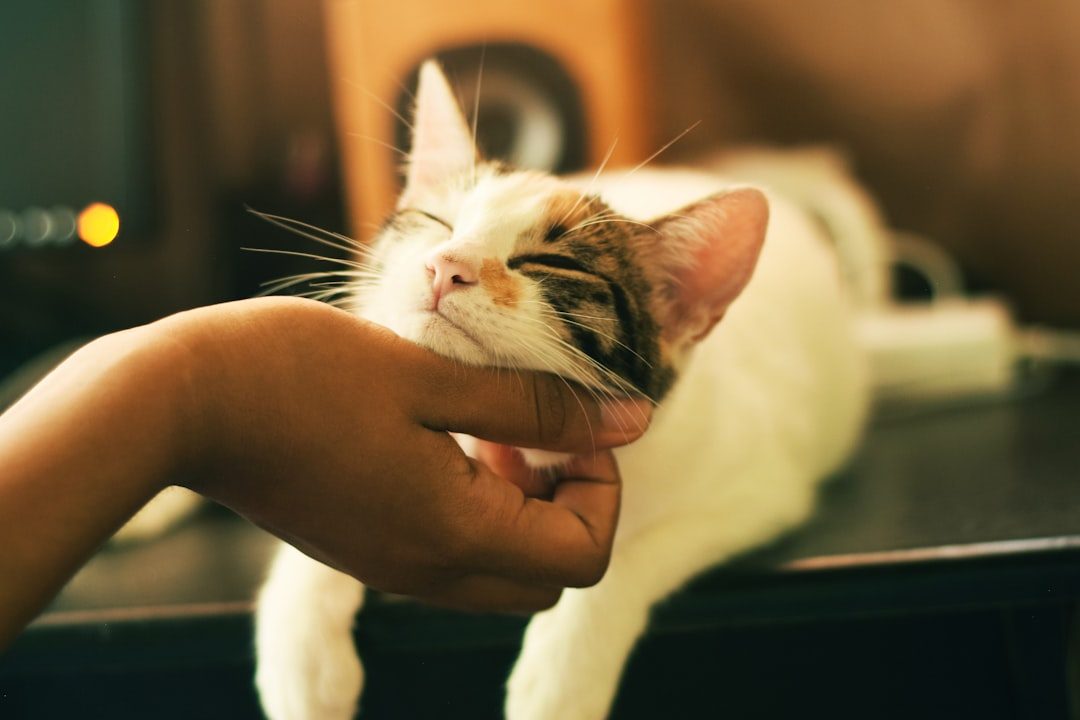
Your cat’s following behavior is a beautiful tapestry woven from instinct, affection, and yes, sometimes pure food motivation. Whether they’re expressing love, seeking security, or simply hoping for their next meal, this behavior reveals the depth of your bond and their reliance on you as their chosen human.
Understanding the difference between emotional following and food-motivated shadowing helps you respond appropriately to your cat’s needs. While the pre-dinner escort to the kitchen might be purely transactional, that early morning companionship to the bathroom likely speaks to genuine affection and trust.
What do you think – does your cat follow you out of love or are they just hoping for treats? Tell us in the comments about your own feline shadow’s most endearing following behaviors.





